Posted on April 23, 2015
The New Old LucasArts
 I know I’m mired neck-deep inside the cozy bog of nostalgia right now with my ongoing Life Bytes series, but it’s not just because I retreat to the past whenever the present gets too real. I’m also just really, really tired of modern games. Sure, they have great production values and being able to see the ear sweat dribbling down a polygonal Kevin Spacey’s perky lobes is impressive, but it’s not very fun. Or imaginative. Or magical.
I know I’m mired neck-deep inside the cozy bog of nostalgia right now with my ongoing Life Bytes series, but it’s not just because I retreat to the past whenever the present gets too real. I’m also just really, really tired of modern games. Sure, they have great production values and being able to see the ear sweat dribbling down a polygonal Kevin Spacey’s perky lobes is impressive, but it’s not very fun. Or imaginative. Or magical.
Magic. That’s what old games had, and I’m not sure why. But I think it was because of the legitimate pixel art created at the time (versus the rash of indiecool hipster “pixel art” games of today), the simple MIDI music, along with all the other various limitations older PCs had when compared to the damn near supercomputers gamers use today.
Limitations breed creativity like alcohol and power outages breed hurricane babies. Limitations are part of the creative recipe; without them, you just end up with the McDonald’s Chicken McNuggets version of whatever it is you’re making. When you’re constrained by time, technology or budget, you have to be creative. You’re forced to, if you want to create anything remotely interesting. A good example of this can be seen in the Star Wars movies – and not just because all of my metaphors have become Star Wars metaphors lately.
Back when George Lucas was making A New Hope, he didn’t have much in the way of a budget, and most of the technology he needed to create the visuals he wanted didn’t exist. So he had to be creative, and he had to hire creative people who could come up with interesting new ways to tackle existing problems while inventing new methods of solving entirely new problems. It’s what led to the creation of Industrial Light and Magic, which would go on to become the gold standard of effects houses for decades. However, once the time came to make the prequels and CGI was around to make life easier, the “blue sky” effect took hold, and the magic was lost.
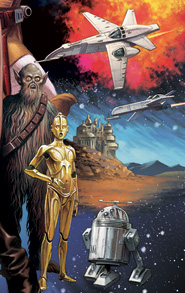 When you can make anything with no real limits to guide you, you’ll more often than not end up making a whole lot of something without any soul. And that was the real problem with the prequels, much more so than any of the more common hate that has been piled upon them from day one. They were artificial, and they just felt fake. They looked fake, despite the photorealism and quality of the CGI work. There just wasn’t any spark to them, and that all comes down to a lack of limitations. And the happy accidents that come from them. (The prequels are actually a lot closer in tone and style to what Lucas originally envisioned for A New Hope, before he had to scale his vision back to accommodate what it was possible to achieve at the time.)
When you can make anything with no real limits to guide you, you’ll more often than not end up making a whole lot of something without any soul. And that was the real problem with the prequels, much more so than any of the more common hate that has been piled upon them from day one. They were artificial, and they just felt fake. They looked fake, despite the photorealism and quality of the CGI work. There just wasn’t any spark to them, and that all comes down to a lack of limitations. And the happy accidents that come from them. (The prequels are actually a lot closer in tone and style to what Lucas originally envisioned for A New Hope, before he had to scale his vision back to accommodate what it was possible to achieve at the time.)
When you’re creating a CGI world, there’s little room for happy accidents. Everything must be modeled, textured, and animated by hand. Yes, there are simulations running for things like cloth and physics, but you still have to craft everything in exacting detail. Whereas when you’re rigging up an effects shot with a model spaceship and a camera, you might accidentally forget to light it one way, or your tracking is off slightly – but either of these things have the potential to radically influence the final shot, because they sometimes work out better than what you intended. In CGI, the only thing that tends to happen with rendering errors are fairly horrific caricatures that are the stuff of nightmares.
My point is, constraints force creative thinking. Limitations imposed upon a project often lead to unexpected outcomes, where an accidental result is superior to the intended one. And you just don’t get that sort of thing in multi-million dollar game projects where every single element is developed and scrutinized by committees, focus groups, and marketing departments. As a system, it just isn’t designed to put out quirky, innovative content. By its very nature, all it can do is produce homogenized results, with maybe a sprinkle of flavor juice on top to distinguish one game from a hundred others.
For example, take the UI out and show me a random screenshot of Call of Duty next to one of Battlefield, and I sure as hell couldn’t tell you which was which. Even with games where more flavor juice has been added, the end result is almost always barely distinguishable from similar games. That’s just how the process works.
But it wasn’t always like this. (And still isn’t, in the indie scene – but more on that in a minute.)
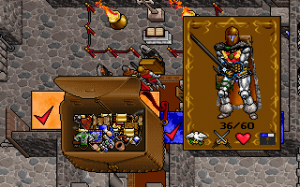 Back when things like EGA and VGA made a huge difference, or when you had to carefully budget every CPU cycle and byte of memory to get your game running on typical PCs of the time, you had to think very carefully about every decision. Do you want to sacrifice the visual detail of bitmapped space ships for the scalability of primitive polygonal ones? Does the digital sound really need to be at this sample rate, or could we get by with a little less quality? And how important is rendering individual forks to Britannia anyway, Richard Garriott?
Back when things like EGA and VGA made a huge difference, or when you had to carefully budget every CPU cycle and byte of memory to get your game running on typical PCs of the time, you had to think very carefully about every decision. Do you want to sacrifice the visual detail of bitmapped space ships for the scalability of primitive polygonal ones? Does the digital sound really need to be at this sample rate, or could we get by with a little less quality? And how important is rendering individual forks to Britannia anyway, Richard Garriott?
Along the way, each of these sorts of questions can lead to creative decisions that improve a game beyond whatever would’ve resulted had the limitations not been there. By selecting polygons over bitmaps, the entire style and tone of a game can change, and you get X-Wing rather than Wing Commander. By ditching the digital sound files altogether and going with MIDI, we got iMuse. I still don’t know about the forks, though. Richard is a madman.
Fast forward to the present day, and developers are always crying about budgets – and for good reason. Just let the credits on something like Grand Theft Auto 5 run, and add up the salaries of all the people who worked on it for a half hour or so, until your hand cramps up and your computer crashes from not being able to count that high. It’s a problem.
Of course, budgets have always been a problem – but the bigger problems of the past were usually technological. Back when you had a 5-10 person team working on a game, most of your budget was spent on solving technical issues than it was in paying out staffing costs. How can we stream full motion video off a single-speed CD-ROM? What will it cost us in CPU and memory to make our characters bigger and give them more expressive animations? Is it even possible to make an adventure game with 3D characters?
For each of those problems, a game resulted. The 7th Guest was the first to try tackling the FMV issue, and they figured it out. LucasArts iterated on the SCUMM engine until it could produce the characters of Day of the Tentacle and Full Throttle. And it was precisely because of the limitations of early 3D polygonal characters that Grim Fandango was even conceived.
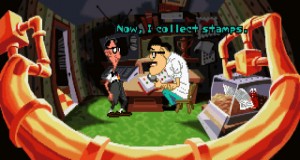 I often wonder what games would be like today, if we were still making them as if all the years after 1995 never happened. I think there’s still a place for those game today, that could run on any computer made in the last 20 years or so, that would be developed within the limitations of older hardware, with all the design philosophies present back in that golden age of game design (which led directly to all the modern games that keep recycling those ideas today). But am I crazy for thinking that? Naive, maybe? Probably.
I often wonder what games would be like today, if we were still making them as if all the years after 1995 never happened. I think there’s still a place for those game today, that could run on any computer made in the last 20 years or so, that would be developed within the limitations of older hardware, with all the design philosophies present back in that golden age of game design (which led directly to all the modern games that keep recycling those ideas today). But am I crazy for thinking that? Naive, maybe? Probably.
But maybe not.
Ron Gilbert and Gary Winnick don’t seem to think so. Or maybe they and all their Kickstarter backers are equally crazy and naive, because that’s exactly what they’re doing with Thimbleweed Park. They’re making another Maniac Mansion; or rather, they’re making another game that they could’ve made back in 1987 if they hadn’t been busy making Maniac Mansion. And they’re doing it right.
So many indiecool games today go for a retro pastiche that I guess is hip and cool and down with the kids or whatever, but the pixel art of something like Super Time Force (a great game, by the way) doesn’t look anything at all like the pixel art of the games whose visual memory it is trying to evoke. Games like that, in “retro style” are the Disney version of history: prettied up and made palatable to modern tastes while still being reminiscent enough of the source material for the associations to be made. But beyond the surface of the surface, there’s really no connection. There’s nothing wrong with these sorts of games, but I crave the genuine article much more than some 20-something’s hipsterized, “rediscovered” version of it.
Which is why I’m so excited about Thimbleweed Park. It’s genuine. It’s real. It’s exactly the sort of game I’d expect to have played back in the late ’80s, or that I would play now through DOSBox or SCUMMVM. It’s not a modern take on a classic game; it’s a classic game made today. Nothing more, and sure as hell nothing less.
I genuinely hope Thimbleweed Park is a great success for Ron and Gary, because I think there’s a definite market for a new LucasArts. Double Fine and Telltale have kind of been serving in that role for a while, but for as great as their games are – and I’m even including Tim Schafer’s sublime return to the point and click adventure that is Broken Age – they’re modern games, made with modern budgets and modern production values. With modern design ideas.
What Ron and Gary are doing is different. They’re making a game just like they would’ve made it back in the golden age, which could very well pave the way for them to create a small studio to keep making games like the 2000s never happened (which, incidentally, I would give my left arm to work at.) They have a very real chance of creating a new version of that old LucasArts magic: a studio that keeps inventing within limitations, that keeps creating and innovating outside of committees and publisher demographics reports. That keeps doing exactly what Lucasfilm Games was doing back in 1987. And never stop again.
There was a certain, ineffable magic to the games LucasArts produced back when they were still Lucasfilm, on up through the name change until…things changed. By today’s budgetary standards and team sizes, there’s no reason that we couldn’t have a LucasArts of the past today. Small teams, small budgets, limited technology. Brilliant writing, innovative design, solid gameplay. It’s do-able and supportable. It’s even financially viable, because people still want those games; we just can’t get them anymore.
The problem with listening to the Oldies station on the radio is that there’s a finite number of songs. Nobody is making new oldies. Sure, there’s new music and some of it is terrific, but when you limit your catalog to just songs made from this period to that period, you’re eventually going to run out of things to listen to. Or games to play. Or you’ll just keep replaying the same ones over and over again.
Which is exactly what a lot of us have been doing for years now, and we’re ready for something new. That’s also old. And brilliant.
Good luck, Ron.
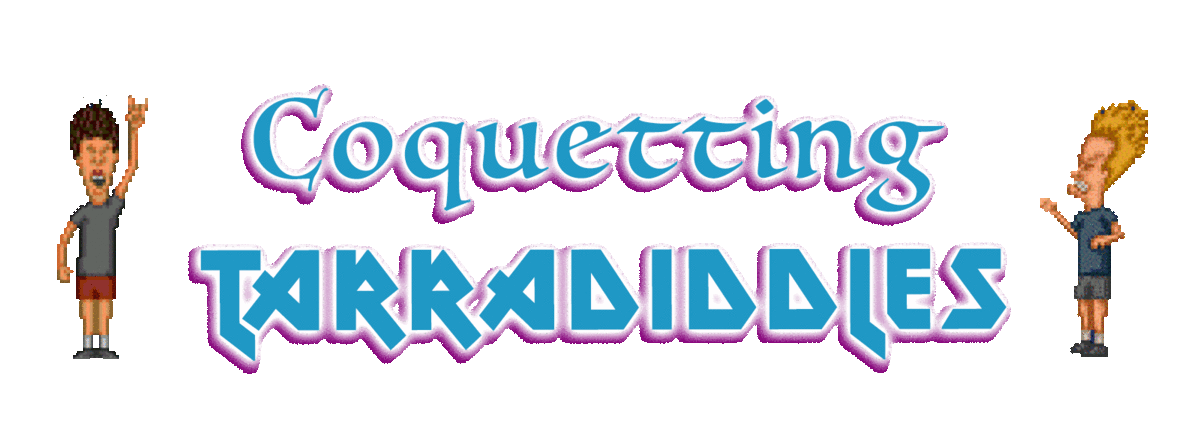
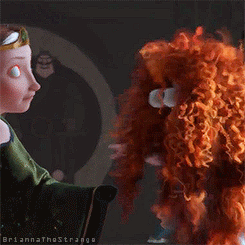
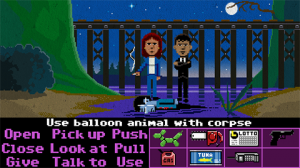
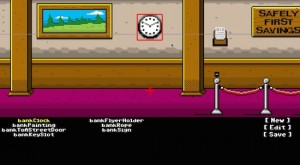
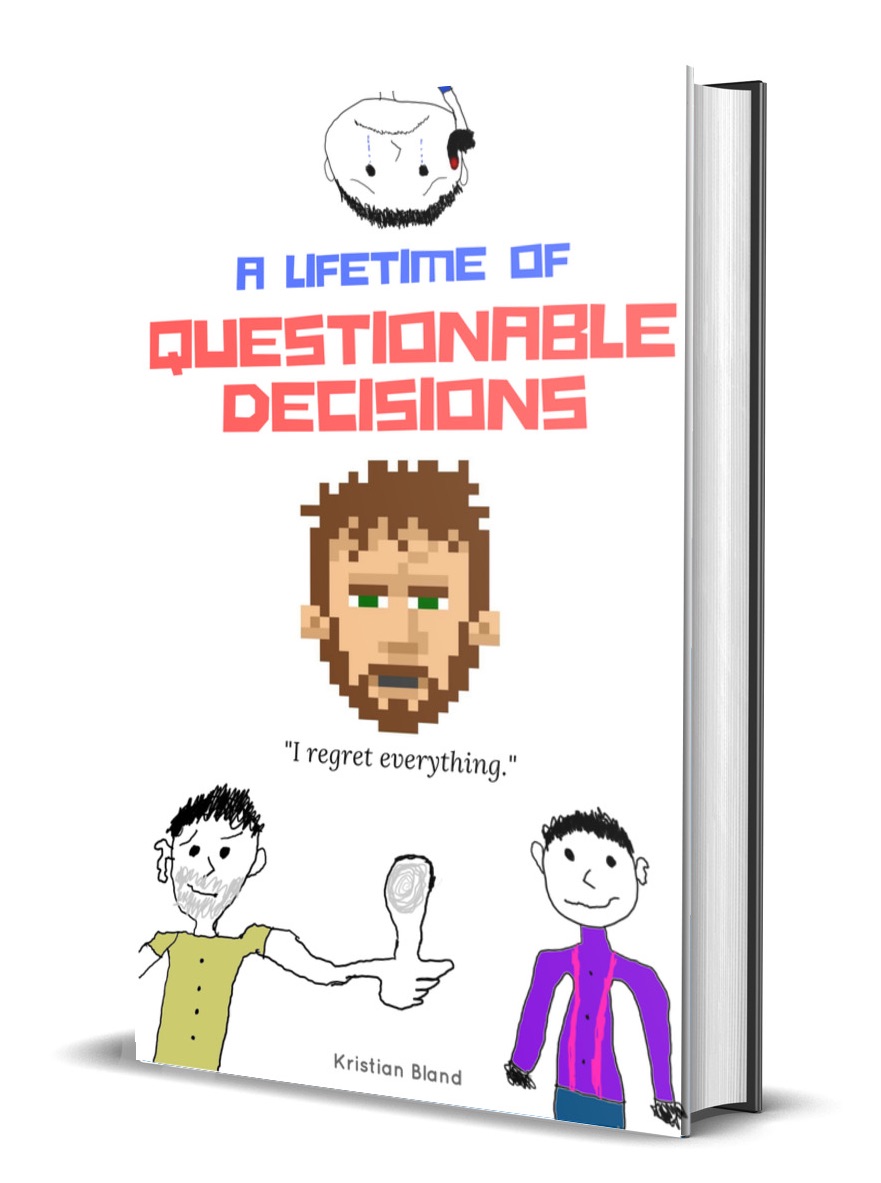




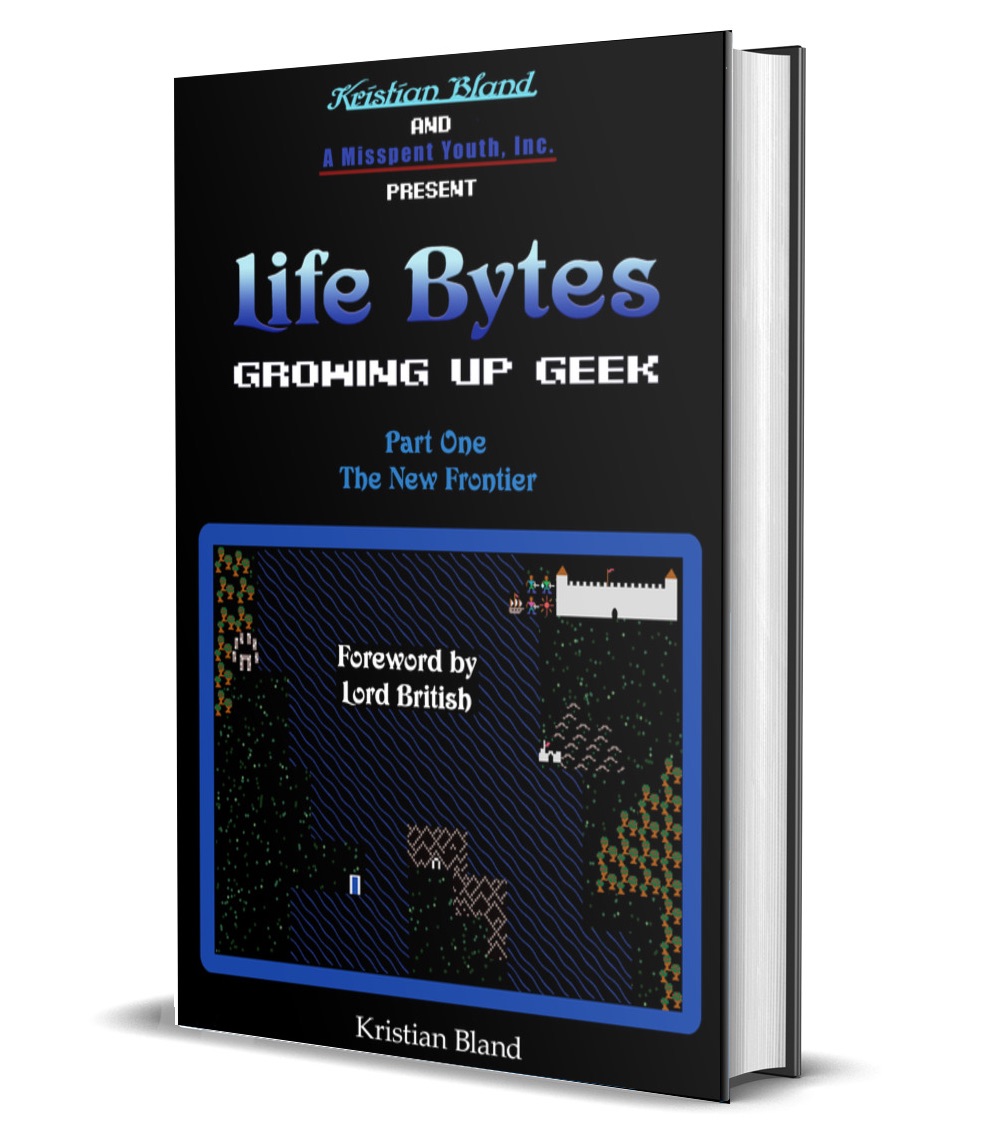
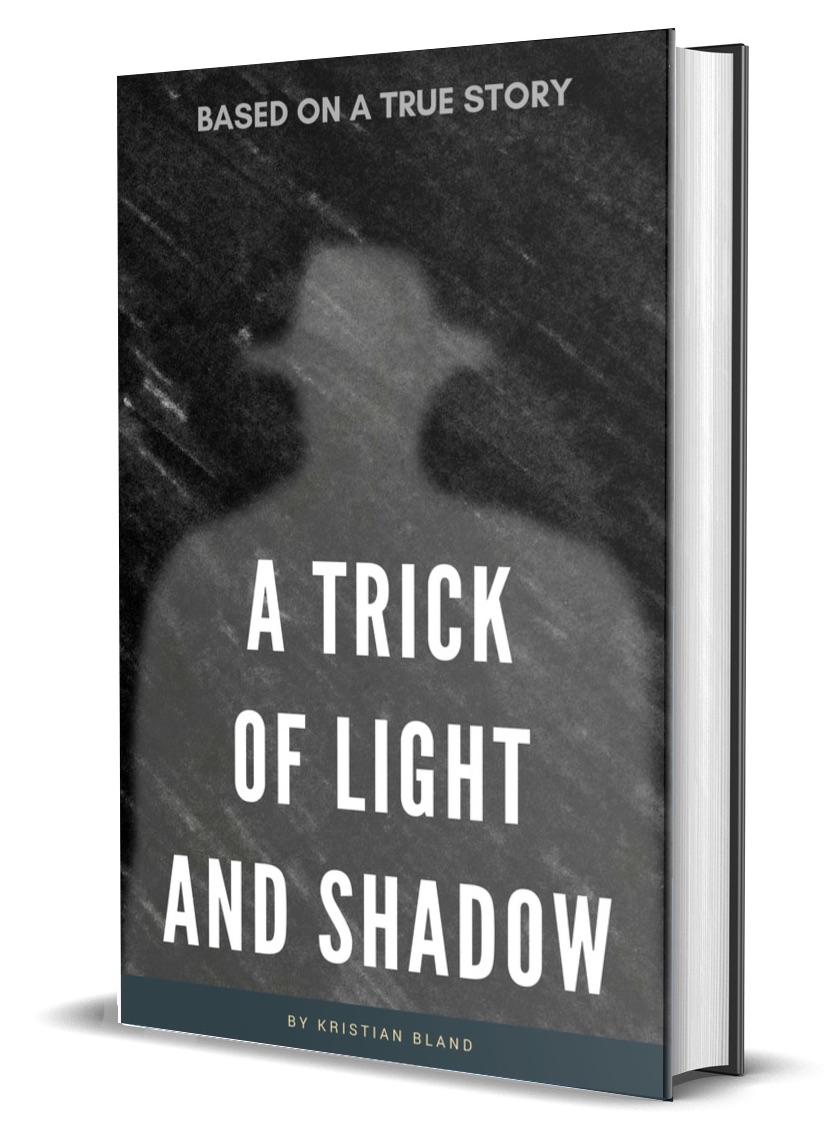
You must be logged in to post a comment.